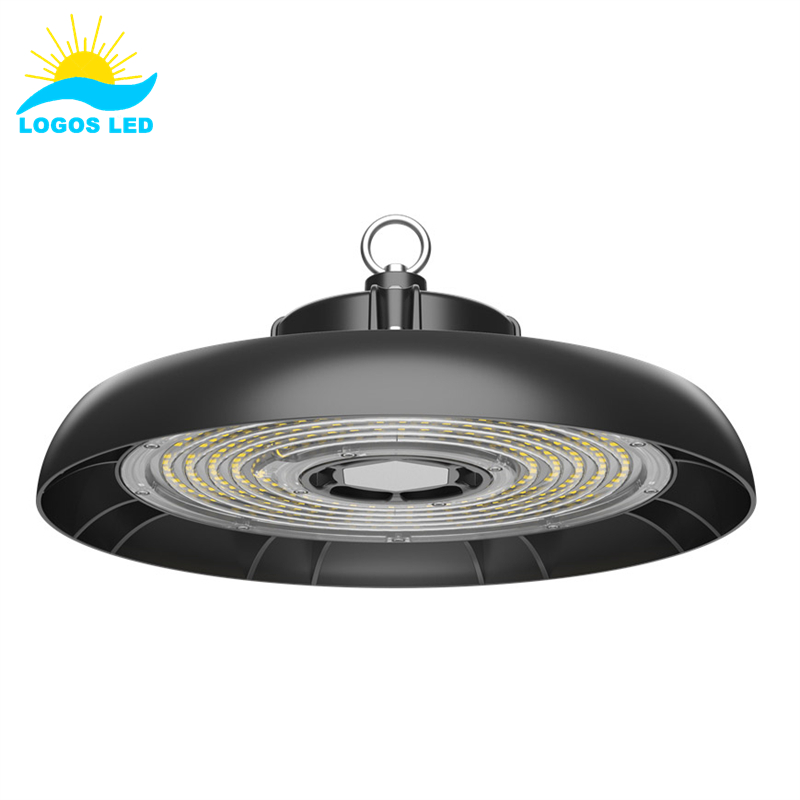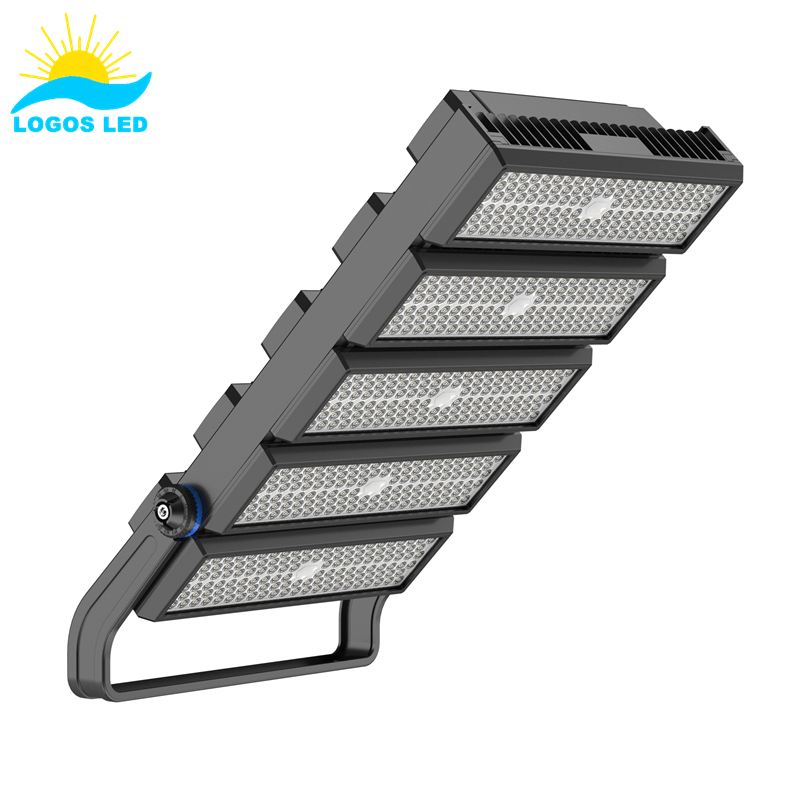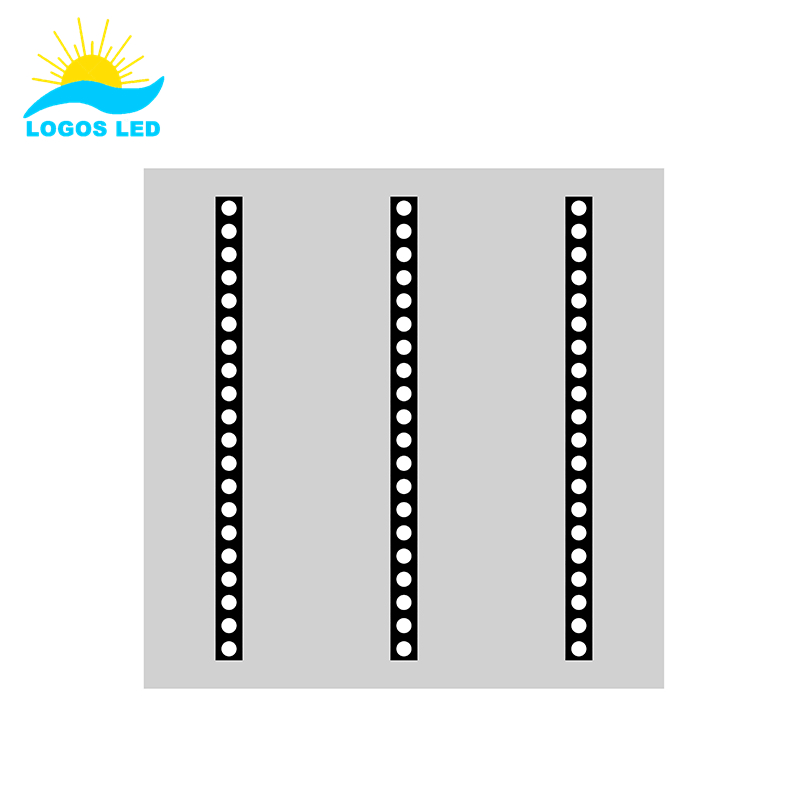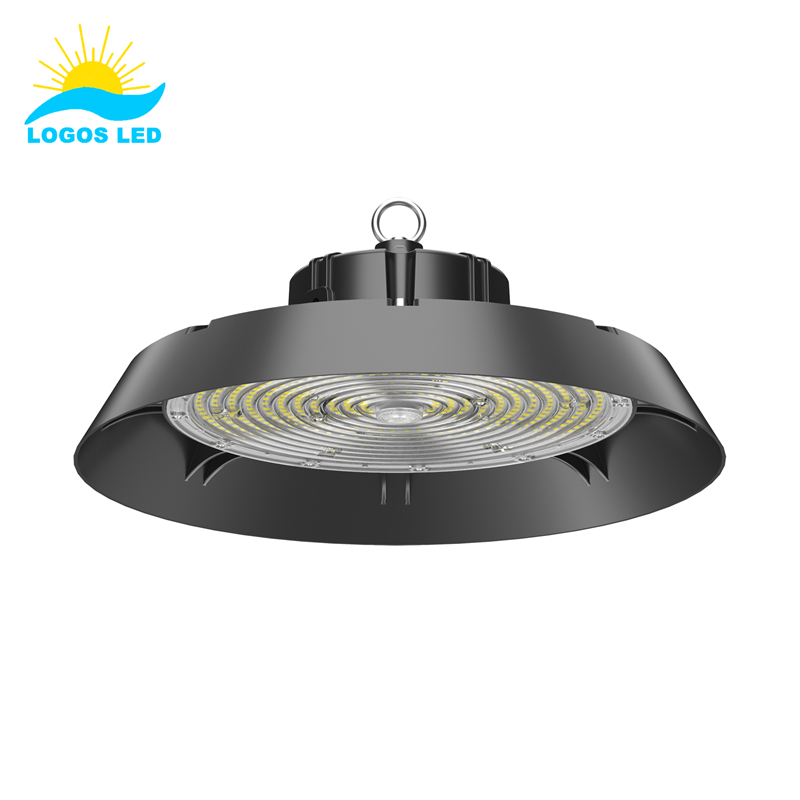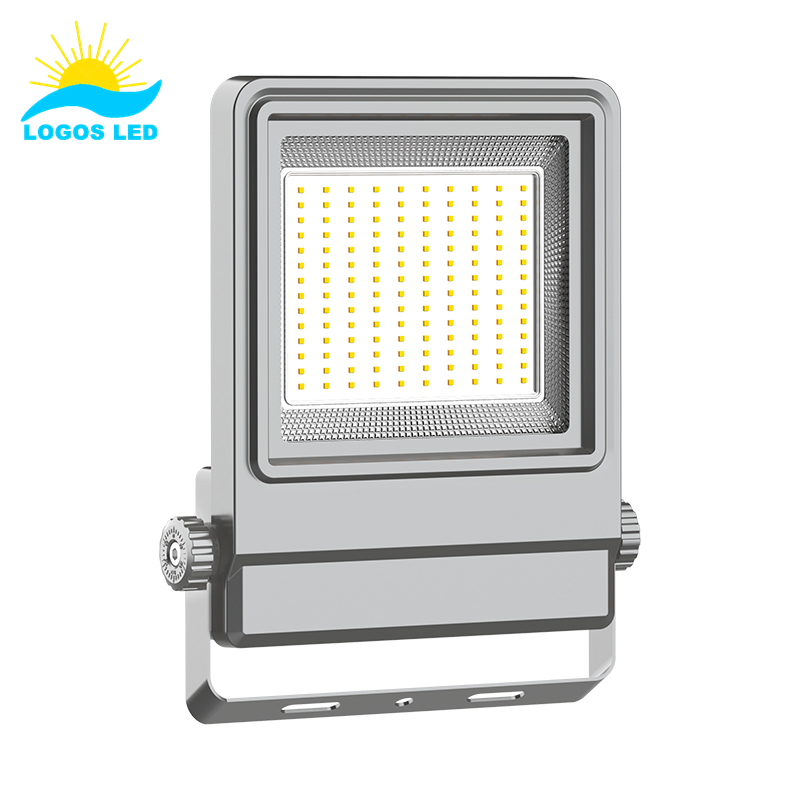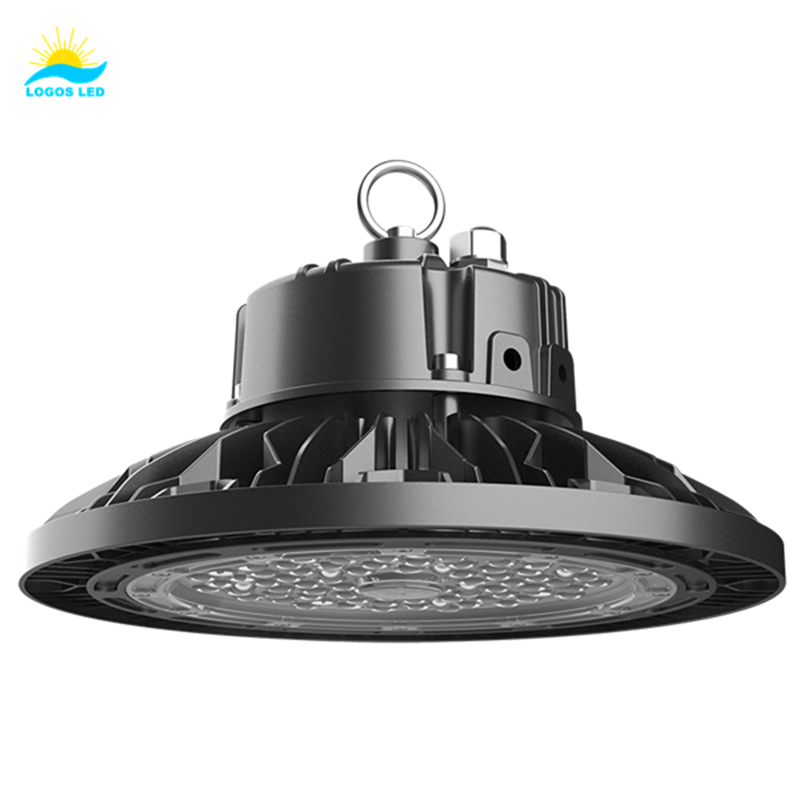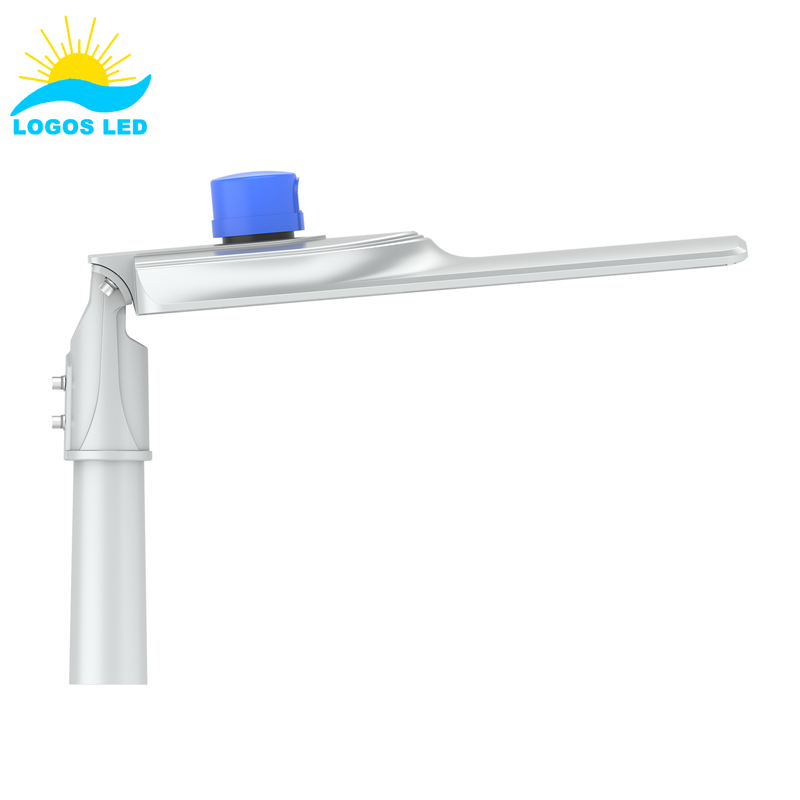Struggling with dimly lit parking areas? Poor lighting can deter visitors and increase security risks. Discover effective solutions for your outdoor LED parking lot lighting needs. Continue reading to learn more.
Choosing the best outdoor LED parking lot lights involves considering type, brightness, distribution, and durability. Opt for LED shoebox, flood, or wall-mounted lights depending on area size and lighting needs. Ensure sufficient brightness (10,000–30,000 lumens), appropriate distribution patterns (Type III or V) for even coverage, and a color temperature of 4000K–5000K. Prioritize fixtures with high IP ratings for weather resistance and materials like corrosion-resistant aluminum for longevity.
Keep reading to illuminate your choices effectively!
Table of Contents
Importance of Parking Lot Lights
Parking lot lights play a crucial role in enhancing safety, security, and visibility in outdoor spaces. These lights help drivers and pedestrians navigate the area safely, reducing the risk of accidents. Proper lighting is essential in preventing collisions, especially in crowded or poorly marked parking lots, by clearly illuminating driving lanes, walkways, and parking spaces. For businesses, well-lit parking lots create a welcoming atmosphere for customers, improving their experience and promoting a sense of security.
In addition to safety, parking lot lights are a key deterrent to criminal activities such as theft, vandalism, and unauthorized access. Bright, consistent lighting reduces hiding spots, making it easier for security personnel or cameras to monitor the area effectively. LED parking lot lights, in particular, are highly efficient, durable, and cost-effective. They provide excellent brightness with lower energy consumption and require less maintenance, offering businesses long-term savings while contributing to a more sustainable environment.
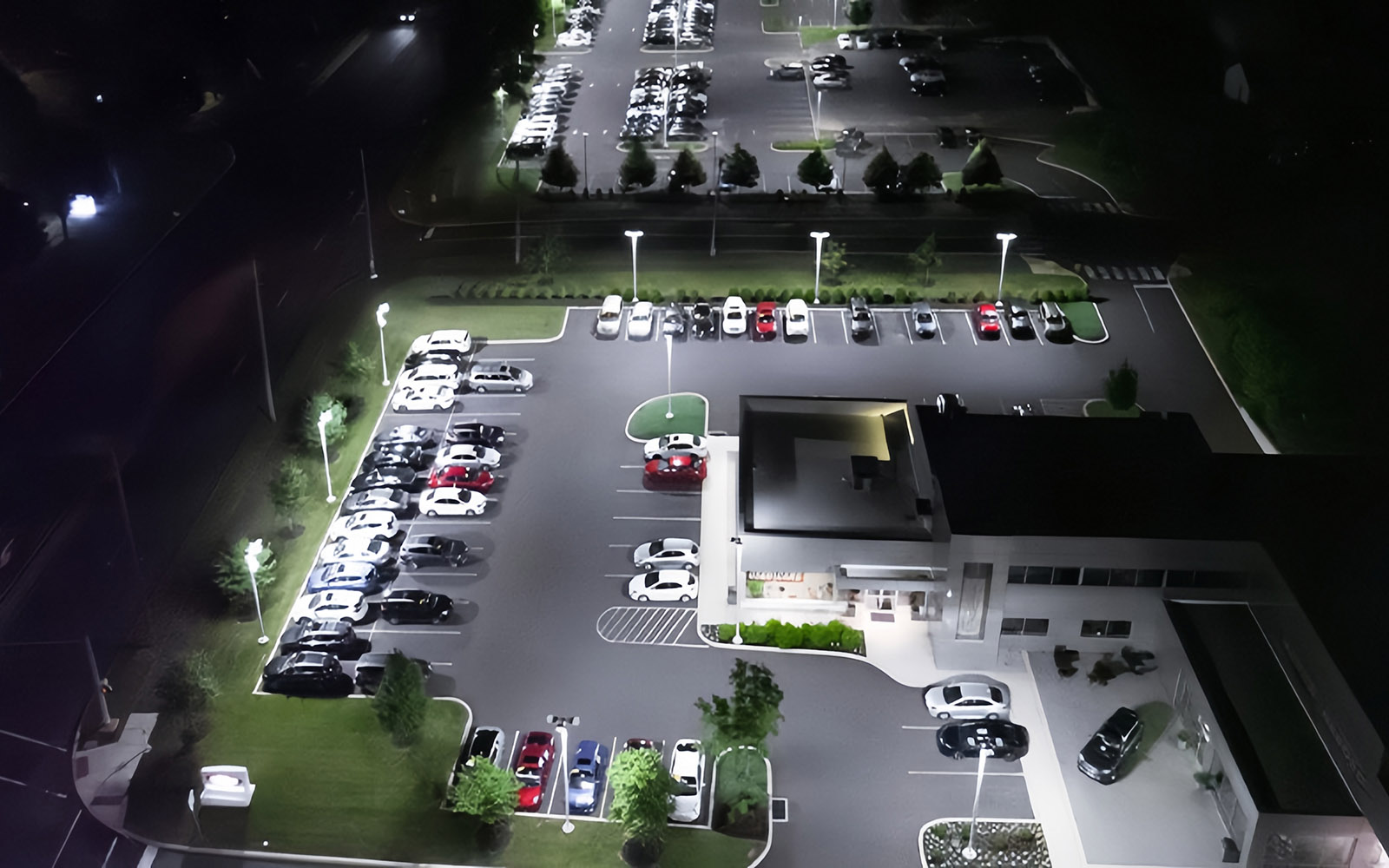
Design Considerations of Outdoor Parking Lot Lighting
General Requirements for Outdoor Parking Lot Lighting
Outdoor parking lot lighting is critical for ensuring safety, visibility, and energy efficiency. Proper illumination not only reduces accidents but also deters criminal activities and improves the overall user experience. It’s essential to choose durable, weather-resistant fixtures that can withstand harsh outdoor conditions, such as extreme temperatures, rain, and wind. Energy-efficient solutions, like LED lights, are preferred as they lower operating costs and reduce the frequency of maintenance.
Relative Standards – Lux and Light Uniformity
Lighting design must adhere to industry standards for lux levels and light uniformity. For outdoor parking lots, the typical recommended average illuminance is 20–30 lux, with a uniformity ratio (minimum illuminance divided by average illuminance) of at least 0.25. Consistent brightness across the lot is vital to eliminate dark spots that could create safety risks.
Lighting Distribution
The lighting distribution should ensure that the entire parking area is covered evenly without causing glare or shadows. Asymmetrical or Type III and Type V lighting distributions are often used to provide wide and uniform coverage. Fixtures should be strategically placed to minimize light spill into surrounding areas, ensuring compliance with local light pollution regulations.
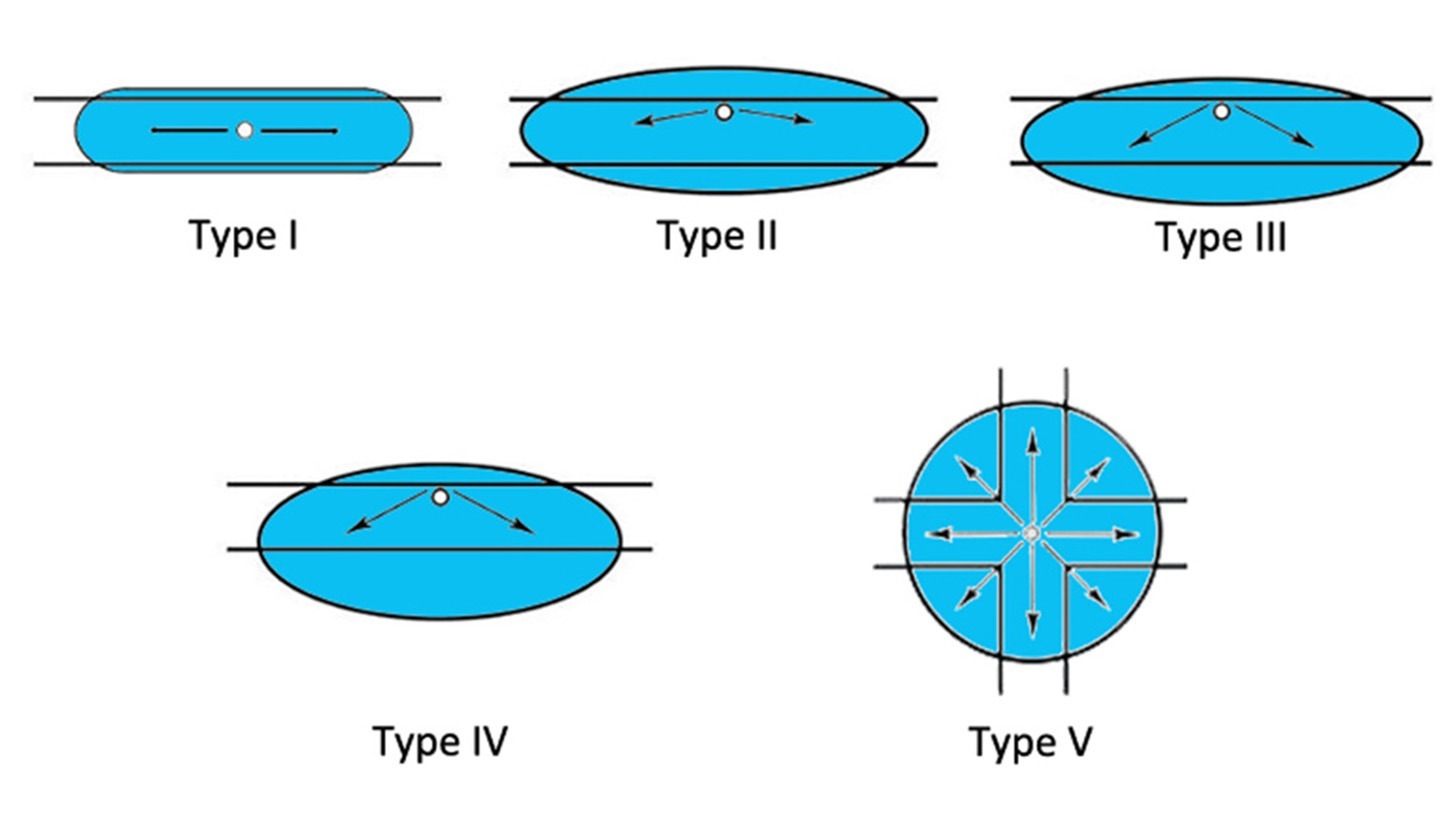
IESNA Light Distribution Types
CCT and CRI
Correlated Color Temperature (CCT) and Color Rendering Index (CRI) are key factors that impact visibility and comfort. For parking lots, a CCT range of 4000K–5000K is ideal, providing bright and natural white light that improves visibility. A CRI of 70 or higher is recommended to accurately render colors and enhance the overall sense of safety in the area.
Type of Mounting
Lighting fixtures can be pole-mounted, wall-mounted, or bracket-mounted, depending on the layout and size of the parking lot. Pole-mounted lights are the most common for large parking areas, as they offer elevated, widespread coverage. Wall-mounted fixtures are better suited for smaller or enclosed spaces.
Pole Position
Pole placement is essential to ensure even lighting coverage. Poles should be spaced strategically to provide consistent illumination across driveways, parking rows, and entry/exit points. The height of the poles plays a key role in achieving the right balance between coverage and intensity, with typical pole heights ranging from 20 to 40 feet, depending on the area size.
Lighting Controls
Incorporating lighting controls can significantly enhance energy efficiency and provide more operational flexibility. Features like motion sensors, timers, and daylight sensors can adjust brightness levels based on the activity and natural light conditions. More advanced IoT-connected controls offer the ability to monitor and adjust lighting remotely, allowing for real-time adaptations to meet changing needs.
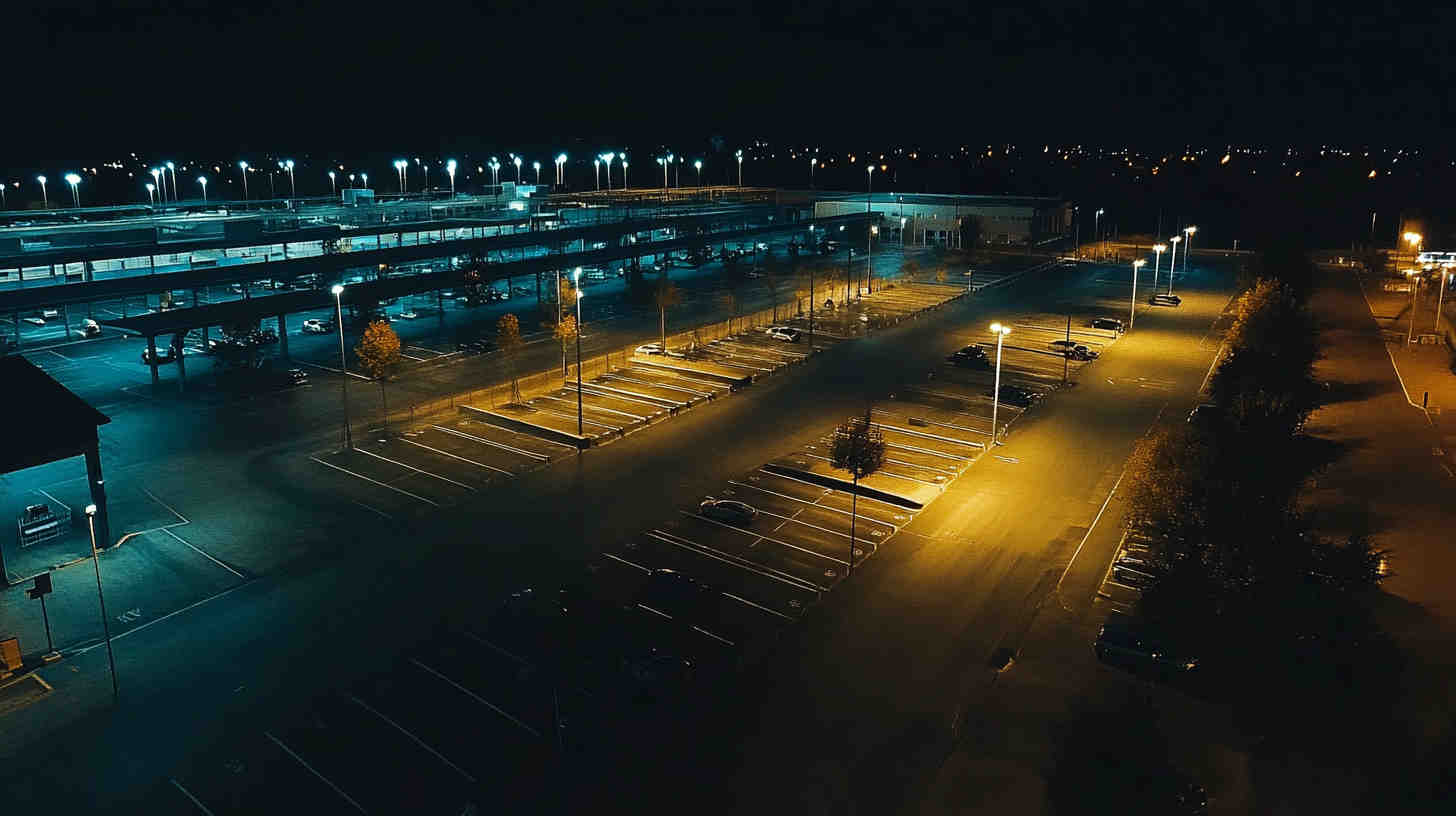
How to Choose the Best Outdoor LED Parking Lot Lights
Selecting the right outdoor LED parking lot lights is key to achieving safety, energy efficiency, and long-term performance. Here are the main factors to consider:
Type of Lights
Choose the type of light based on the parking lot’s size, layout, and specific needs. LED shoebox lights are ideal for larger areas, offering broad, even illumination. Floodlights are great for highlighting specific zones, while wall-mounted fixtures work best for smaller or enclosed spaces. Ensure the fixtures provide efficient, glare-free lighting.
Lumen Output
The brightness of LED parking lot lights is measured in lumens. The required lumen output varies based on the size and purpose of the lot. For general areas, aim for lights with a lumen output between 10,000–30,000 lumens per fixture. Larger spaces or areas that need enhanced visibility, like entrances or exits, require higher lumens.
Light Distribution
Choosing the right lighting distribution pattern ensures even coverage and reduces dark spots. Type III distribution is perfect for perimeter areas, while Type V gives uniform, 360-degree illumination, ideal for central spaces. Proper distribution minimizes glare and light pollution, boosting both comfort and safety.
Color Temperature and CRI
The color temperature, measured in Kelvin (K), affects the light’s appearance. A CCT range of 4000K–5000K provides bright, white light that improves visibility and security. The Color Rendering Index (CRI) should be 70 or higher to ensure accurate color perception and a better overall experience.
Durability and Weather Resistance
Outdoor LED lights must endure tough weather conditions, including rain, wind, and extreme temperatures. Look for fixtures with a high IP rating (e.g., IP65 or higher) for water and dust resistance. Corrosion-resistant aluminum housing and impact-resistant lenses provide additional protection, enhancing durability and preventing vandalism or wear.
By keeping these factors in mind, businesses can select LED parking lot lights that offer optimal performance, durability, and energy efficiency, creating a safe and welcoming environment.
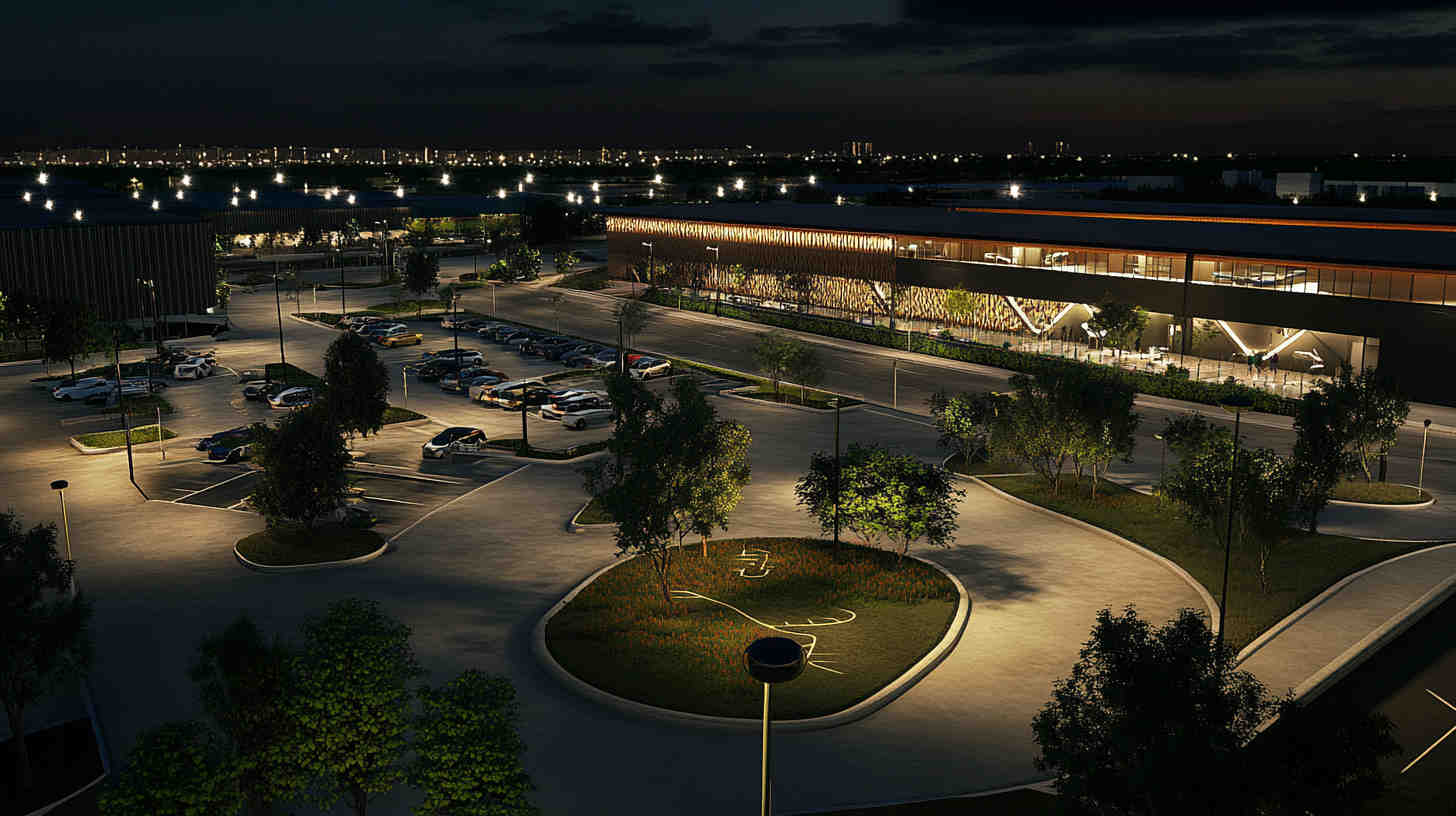
Frequently Asked Questions About Parking Lot and Outdoor Lighting
What is the Best Lighting for a Parking Lot?
LED lights are the best option for parking lots due to their energy efficiency, long lifespan, and superior brightness. LED shoebox lights and pole-mounted fixtures deliver uniform lighting with minimal glare. Available in various wattages, lumen outputs, and beam angles, they are versatile enough for any parking lot size and layout.
How Many Lumens Do You Need for a Parking Lot?
The required lumen output depends on the parking lot’s size and purpose. For general areas, 10,000–30,000 lumens per fixture is usually sufficient. For larger areas or zones needing enhanced visibility (like entrances or security zones), higher lumen output fixtures are recommended for added clarity and safety.
What is the Lighting Level for Outdoor Parking?
The typical recommended average illuminance for outdoor parking lots is 20–30 lux for general areas. For higher safety and security zones, such as near entrances and exits, levels of 50 lux or more are often preferred. Consistent and uniform lighting across the lot is critical for overall safety and visibility.
What Wattage Are Parking Lot Lights?
Parking lot light wattage varies depending on the design and lumen output. LED parking lot lights typically range from 50W to 300W, offering significant energy savings compared to traditional lighting, such as metal halide or high-pressure sodium lamps. LED lights provide higher brightness at lower wattage.
What Are the Lighting Requirements for a Carpark?
Key lighting requirements for carparks include:
– Illuminance: 20–30 lux for general areas, higher for pedestrian walkways or security zones.
– Uniformity: A minimum ratio of 0.25 (minimum illuminance divided by average illuminance).
– Durability: Weather-resistant fixtures with a high IP rating (IP65 or above).
– Light Distribution: Wide, even coverage to avoid dark spots and glare.
– Energy Efficiency: LED lighting for cost savings and environmental sustainability.
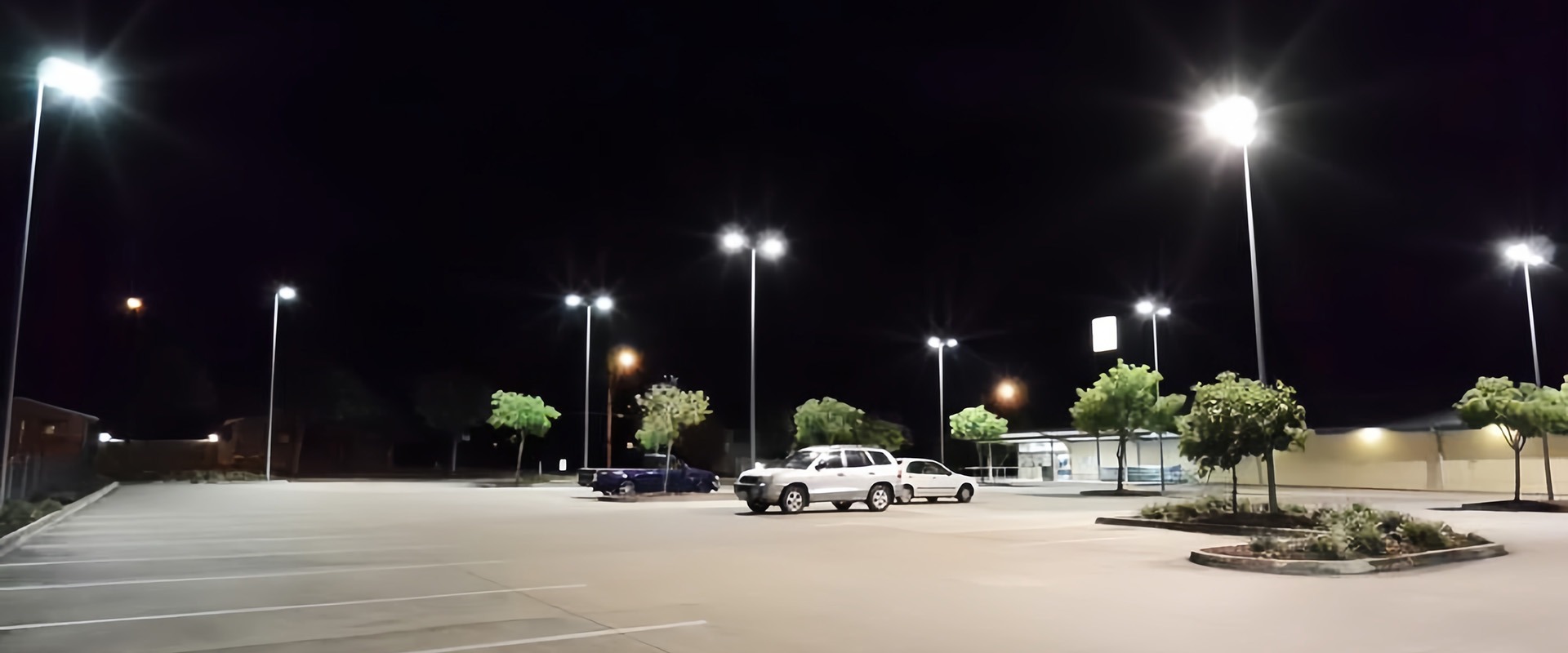
What is the Best Color Temperature for a Parking Lot?
A color temperature of 4000K–5000K is ideal for parking lots. This range provides bright, natural white light, improving visibility and enhancing security. It also enhances the area’s appearance and helps with accurate color perception.
What Lights Are Used in Parking Lots?
Parking lots require durable, efficient, and bright lighting to ensure safety, visibility, and security. Below are common types of lights used in parking lots:
1. LED Shoebox Lights
- Features: The most popular choice for parking lots, known for their sleek design and high lumen output.
- Benefits: Provide wide and uniform coverage, are highly energy-efficient, and have a long lifespan.
2. LED Floodlights
- Features: Offer focused and directional lighting.
- Benefits: Ideal for illuminating specific areas like entryways, security zones, or perimeters.
3. Pole-Mounted Lights
- Features: Mounted on poles that range from 20 to 40 feet high.
- Benefits: Provide widespread illumination for large spaces and can accommodate different beam angles to suit various layouts.
4. Wall-Mounted Lights
- Features: Installed on walls or structures surrounding the parking lot.
- Benefits: Perfect for smaller lots or areas near building perimeters.
5. Canopy Lights
- Features: Installed in covered parking lots or under parking structures.
- Benefits: Provide consistent, glare-free lighting in covered areas.
6. Solar-Powered Lights
- Features: Utilize solar panels to generate electricity.
- Benefits: Ideal for locations with good sunlight exposure, offering eco-friendly and cost-effective solutions.
Conclusions
Choosing the right LED parking lot lights requires understanding key factors such as lumens, wattage, and color temperature. By focusing on these elements, you can create a safe, well-lit, and energy-efficient parking area. Choose the best outdoor LED parking lot lights to enhance both functionality and aesthetic appeal.
If you have any questions about Outdoor LED Parking Lot Lights, feel free to contact us directly. Our lighting experts are here to help.
Request A Free Quote Now!
Send us a message if you have any questions or request a quote. We will get back to you ASAP!



